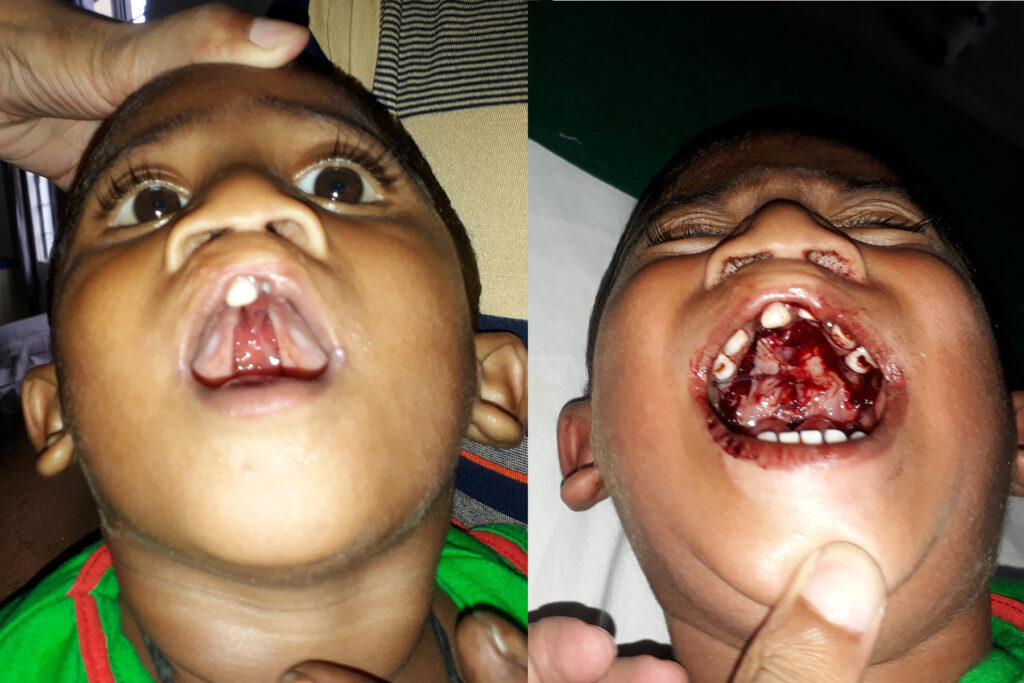About Cleft Lip and Palate

Cleft lip & palate is one of the most common birth defects in Bangladesh and affects more than 6000 children in the country. Unless treated cleft lip & palate can interfere with feeding, speech development and hearing. Cleft lip & palate are birth defects that happen while a baby is developing in the uterus. During the 6th to 10th week of pregnancy, the bones and tissues of a baby’s upper jaw, nose, and mouth normally come together to form the roof of the mouth and the upper lip. If the tissue in the developing mouth and the palate don’t fuse together, a baby could be born with a condition called cleft lip & palate. The palate is the roof of the mouth and has two main parts. The front part behind the teeth is hard and the back part near the throat is soft. In babies with cleft palate, there is an opening between the roof of the mouth and the nose. This opening may be only through part of the palate (either the soft part or hard part) or through the entire palate. A complete cleft palate occurs when the left and right sides of the roof of the mouth have not fused together in the middle. In many cases, a baby born with a cleft palate also has a cleft lip.
Babies who are born with cleft lips have a gap or opening in the upper lip. A cleft lip can be either unilateral or bilateral. With a unilateral cleft lip, the gap is only on one side of the lip under either the left or right nostril and might extend into the nose. The noses of babies with unilateral cleft lips may look tilted and flat on one side. Babies born with a bilateral cleft lip have a gap on both sides of the lip, and they may have a deep split in the lip that extends into both nostrils. This may cause the nose to look broader and shorter than normal. In most cases, the cleft occurs only in the upper lip and doesn’t affect the lower lip. A person with a cleft could have only a cleft palate, only a cleft lip, or both a cleft lip and a cleft palate. Cleft lip alone and cleft lip with a cleft palate occurs more often in boys, while cleft palate without a cleft lip occurs more often in girls.
